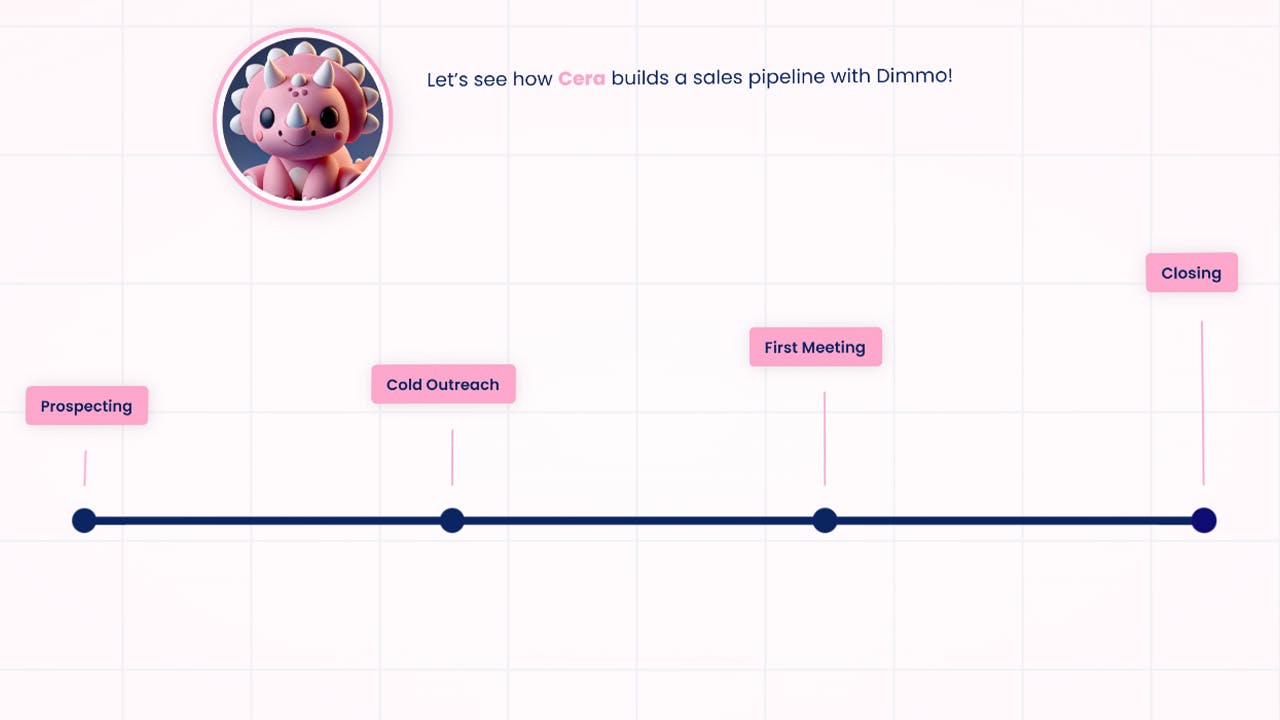We started to realize there’s a shift in the market—people are not buying software the way they want to. So, we’re trying to change that by building an AI-powered buying tool, not just another AI sales tool.
SaaS sales has long been defined by an intricate, sometimes frustrating process. Buyers are forced to jump through multiple hoops just to access a demo, attending several meetings, answering repetitive questions, and being handed off to different reps. But as customer expectations change and competition between new tools heats up, SaaS companies may need to rethink their approach.
We spoke to Troy Munson, CEO of Dimmo and co-host of the popular Two Dads in Tech podcast, who believes the traditional software sales process is overdue for disruption, and has set out to democratize access to software demos without jumping into sales cycles.
A flawed sales process: Speaking about the state of the industry, he points out the elephant in the room: "There’s a huge problem where people sell to companies that just aren’t a good fit." Munson believes that the rigid structure of qualification calls and multiple layers of sales reps often makes qualifying the right customers early on tough to do, meaning that both buyer and software seller end up wasting time, coming up empty-handed at the end of the sales process.
Skipping the cycle: At Dimmo, Munson is working on flipping the traditional sales model by focusing on empowering buyers. "We started to realize there’s a shift in the market—people are not buying software the way they want to," he explains. "So, we’re trying to change that by building an AI-powered buying tool, not just another AI sales tool." Their innovation aims to provide buyers with the tools they need to evaluate products independently, ultimately making the sales process shorter and more efficient.
Why can’t you just literally go, read about a product—who it’s a best fit for, what use cases it solves—and then watch a demo to see if it matches your needs?
Giving information upfront: Instead of forcing buyers through a lengthy and often redundant qualification process, Munson advocates for a more streamlined and transparent approach. "Why can’t you just literally read about a product—who it’s a best fit for, what use cases it solves—and then watch a demo to see if it matches your needs?" he asks. This is the process that Dimmo offers, cutting out the repetitive conversations and letting buyers make informed decisions quickly so that the buying process becomes more efficient and customer-centric.
Transparency as a sales method: Changing the process is even more relevant today, as companies are struggling to secure business in a competitive market. "From 2020 to 2023, it was easy—everyone was buying tech," Munson observes. "But now, companies are desperate for business and are pushing products onto people." This pressure can lead to a sales process that creates more barriers than opportunities, which is why Munson is pushing for a shift toward lower-risk, more transparent sales methods.
Humans in the mix: While Munson is optimistic about changing sales cycles, he acknowledges that not all sales processes can be fully automated. For large enterprises, the complexity of procurement, security, and legal requirements still demands human interaction. "There’s no way AI could replace the kind of in-person meetings I had selling to companies with 300,000 employees," he notes. However, he believes that for smaller to mid-market businesses, the ability to self-qualify and quickly assess a product could dramatically streamline the buying process.


